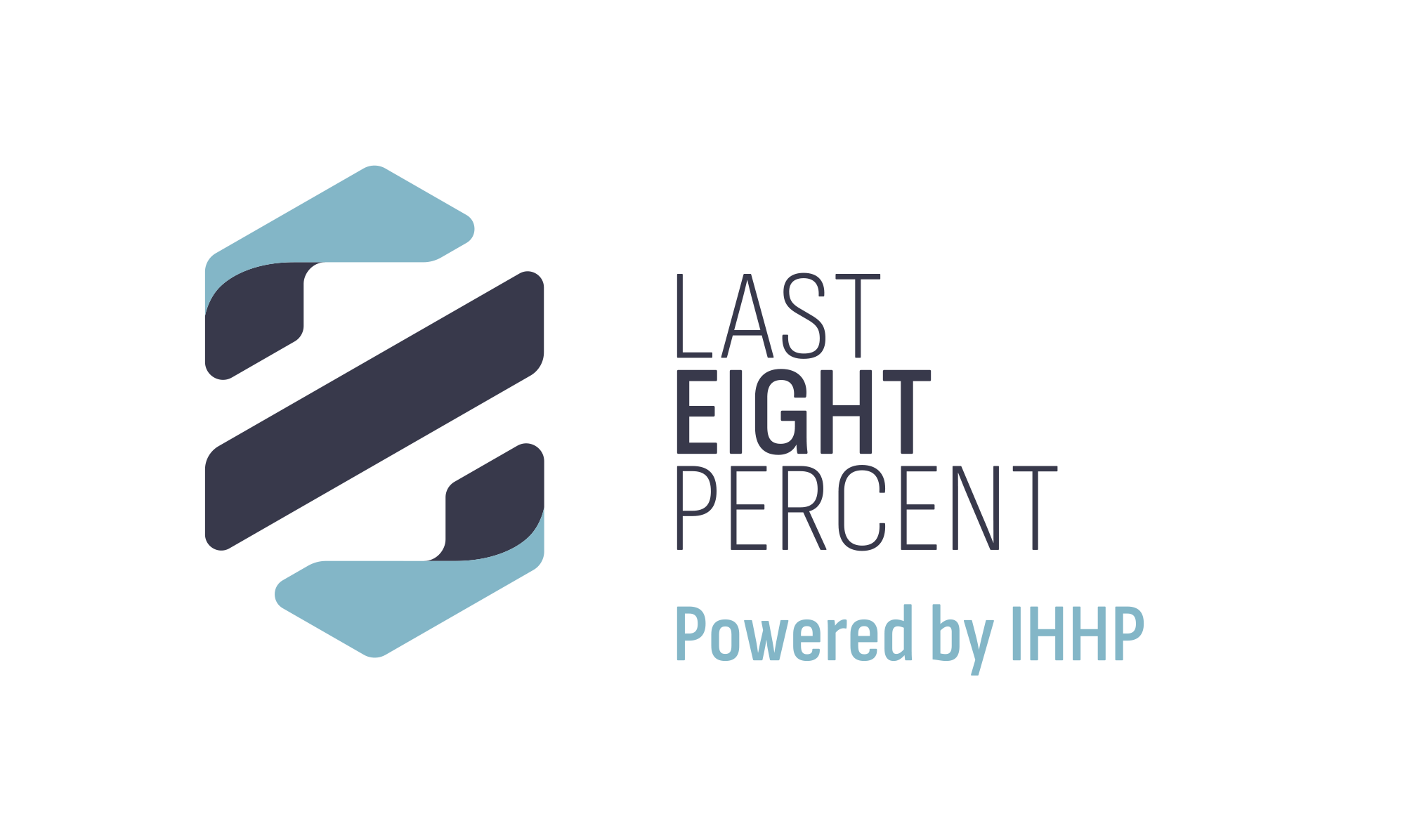Your competitive advantage over competitors is not your strategy or product. If they are any good, they will be quickly copied. Your biggest opportunity to have a sustained point of difference over other organizations is your culture. Why? Because culture is not something that can be copied. It is the secret sauce behind why some organizations are able to retain their best and brightest, and get them to take the risks necessary to be high-performing.
What does it take to build a culture that not only thrives under pressure, but also drives growth and innovation? You need to start by understanding where your culture is currently at. In other words, you need a map. We built our Last 8% Culture Map as a tool to help you categorize your culture based on the two dimensions that drive high-performance: High-Courage, the ability for people to feel comfortable to take on challenging tasks skillfully, and High-Connection, a characteristic of a culture where people feel valued, have a voice, and have enough psychological safety for them to take interpersonal risks.
Unfortunately, we have found that 67% of companies struggle to build a great culture, and fall into one of three culture types that act as barriers to high-performance: Family, Fear-Based and Transactional.
Recognizing where your team stands on this map is the first step towards transforming into a Last 8% Culture, the Upper Right-Hand Quadrant of the Last 8% Culture Map. Here are 8 ways to build high-performing teams and become a Last 8% Culture:
- Name the Inconvenient Truths: One of the hallmarks of a Last 8% Culture is the willingness to address the “elephant in the room.” Whether it’s a looming business challenge or interpersonal conflict, addressing issues head-on fosters transparency and trust. A culture of transparency is built when teams are encouraged to address the unspoken issues. When it is absent, people don’t know where they stand and feel like they are walking on eggshells.
- Results or Relationships?: Organizations feel like they have to choose: results or relationships. The consequence of prioritizing results over relationships means, while you might achieve short term goals, you risk losing your best people over time. While the consequence of prioritizing relationships over the expense of results means building a culture with mediocre standards and low accountability. Both are traps that will doom your intention to build a sustainable, high-performance culture. A characteristic of a high-performing Last 8% Culture, is a focus on building results through relationships. You use every tough situation not as something to avoid, but as your biggest opportunity to grow relationships and foster the accountability that drives results.
- Give Your Managers a Structure to Own the Culture on Their Team: When culture is a top-down directive, it stalls and peters out. It needs to be built at the fundamental unit where culture exists: at the team level. Giving your managers the tools to assess, model, and own the culture within their teams is your best path to building a high-performance culture.
- See Difficult Situations Differently: Challenges and pressures are normal, but because your brain is built first and foremost to protect the body, it will do everything it can to see a setback in a negative way and attempt to avoid or fight it. In a Last 8% Culture, your team starts to see difficult situations differently: as catalysts for growth and transformation. Every pressure-filled situation is an opportunity to learn, adapt, and evolve. It’s this perspective shift that differentiates a good team from a great team.
- High Accountability and High Care: How you deliver high accountability matters. When the other person understands your intention – that you are holding them to account not because you are trying to prove who’s boss, but because you want that person to be their best and to grow and learn – then you get a different outcome. High accountability paired with high care are the two pillars of a Last 8% Culture, and this formula works for a reason: it marries high standards with high engagement.
- Promote Continuous Learning and Adaptability: A Last 8% Culture is never stagnant. It’s built on the principles of continuous learning and adaptability, which matters because the world around you is changing at hyper speed. Your team needs to feel safe to take a risk to try new tasks, take on new knowledge, and build new skills. Without it, your organization will not be agile or future-ready.
- Giving Feedback Up: There is a phenomenon in organizations called ‘CEO’s Disease,’ which means the higher up you go in an organization, the less candid feedback you will get. In other words, your leaders are not getting key information to help them make better decisions, because people are afraid to give feedback up to them. This might be the lowest hanging fruit you can have at your disposal to change and have an impact – because so few people in the organizations you compete against do it. Getting your team to take the risk to give feedback up can make a significant difference in your performance and results.
- Building Psychological Safety is a Contact Sport: Unless your people see your managers own the mistakes they make or admit they don’t know something, they will shy away from taking risks themselves to do the same thing. The best way to build psychological safety is not simply by talking about it, but by doing it. It is in the contact your people have with each other in the difficult, Last 8% situations they face, that you have the best chance for your managers to model and build psychological safety. This will not happen, however, unless your managers have learned the critical (and learnable) skills to manage their brain under pressure.
Becoming a high-performing, Last 8% Culture, is not a one-time endeavor – it is a continuous journey. Nor is it easy, it requires commitment, resilience, and a willingness to adapt. But the rewards – a resilient, innovative, and high-performing organization – are well worth the effort because over time, it becomes your competitive advantage. Talented people will be drawn to your organization because they want to be part of a courageous organization that is doing great things.
We’re here to help guide you and your company to becoming a Last 8% Culture. The good news? With our innovative approach, that uses the latest science of human behavior, you can build your culture in months, not years.

